Since I missed last week's post, this week is a bit more elaborate.
When I found this game on the tapes that came with my C64 I was hooked. I think it was on one of the later tapes, because I played the games one after another, and it must have been well over a half year after Christmas that I stumbled upon:
The Sword of Fargoal
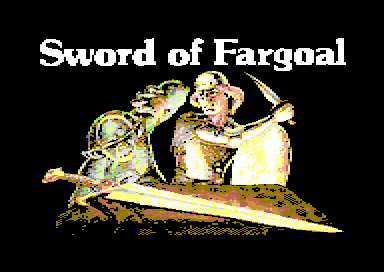
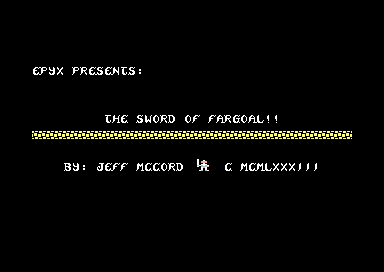
Title screen (from a cracked version) and the original "main menu"
Originally released on the VIC-20 in 1982 the C64 version made it to the stores in 1983, it is what I might call now a Rogue-lite (or Roguelike, but quite reduced, so "lite" might be more appropriate).
Our nameless hero has to venture down randomly generated dungeon levels until he (we) find the magic Sword of Fargoal, and then go all the way back up (along with a hefty time limit, more monsters and fewer stairs up).
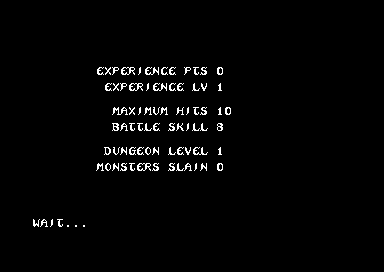
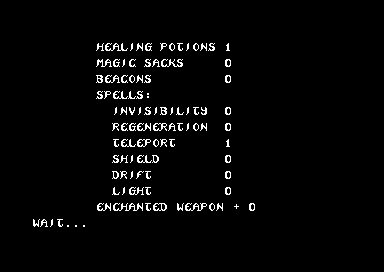
Generating the map and showing some stats.
You gain XP by collecting gold (and sacrificing it in temples) and slaying a varied cast of monsters. With each new level you get some additional hit points, can carry more gold, and deal a tad more damage. There are healing potions, magic sacks (to carry more gold), beacons (teleport to thingies), and some spells to keep you alive - and you better uses these as you only got one try.
The spells make you invisible, regenerate HP, teleport (random location), summon a shield, let you drift and widen your light radius.
You also may find enchanted weapons for more oomph against monsters.
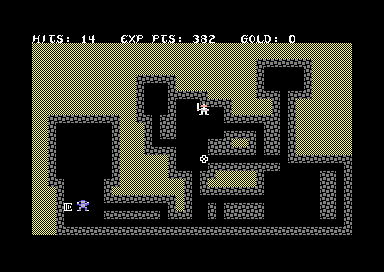

A cleared map and a level for which we have found a map.
You start with a covered map, and each step uncovers a 3x3 area around the player (or some more using the light spell). You make same steps, then the monsters move until you've complete cleared the map or took the stairs down to the next level. The checked spots on the map (that look like the covered pieces) contain something random: helpful things like: spells, potions, sacks, maps (that uncover later levels) and weapons OR unpleasantries like: traps, holes ...
Traps may make you lose your orientation (thus coving up the map) and holes can be used to skip levels (although not knowing where you end up).
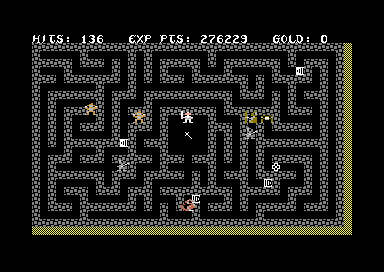
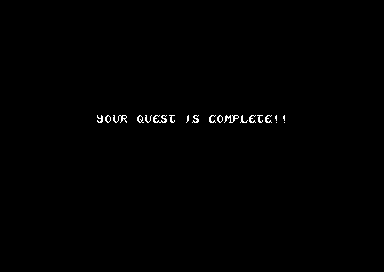
Level 15, where the sword can be found, and made it out again.
I'd say this game was the first real killer for my (not very big) enthusiasm for going to school. It killed it right on the spot. For a few weeks (and some abysmal school tests) it was all I wanted to do. I came home, dropped my bag and played Fargoal (well, until my parents took away the C64 ... "You get it back when you can concentrate in school again").
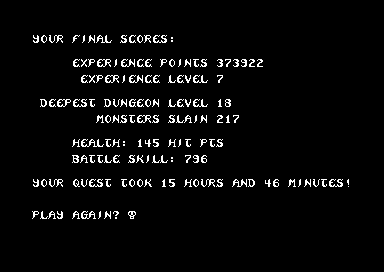
I'd give it a 5/5 for replayability.